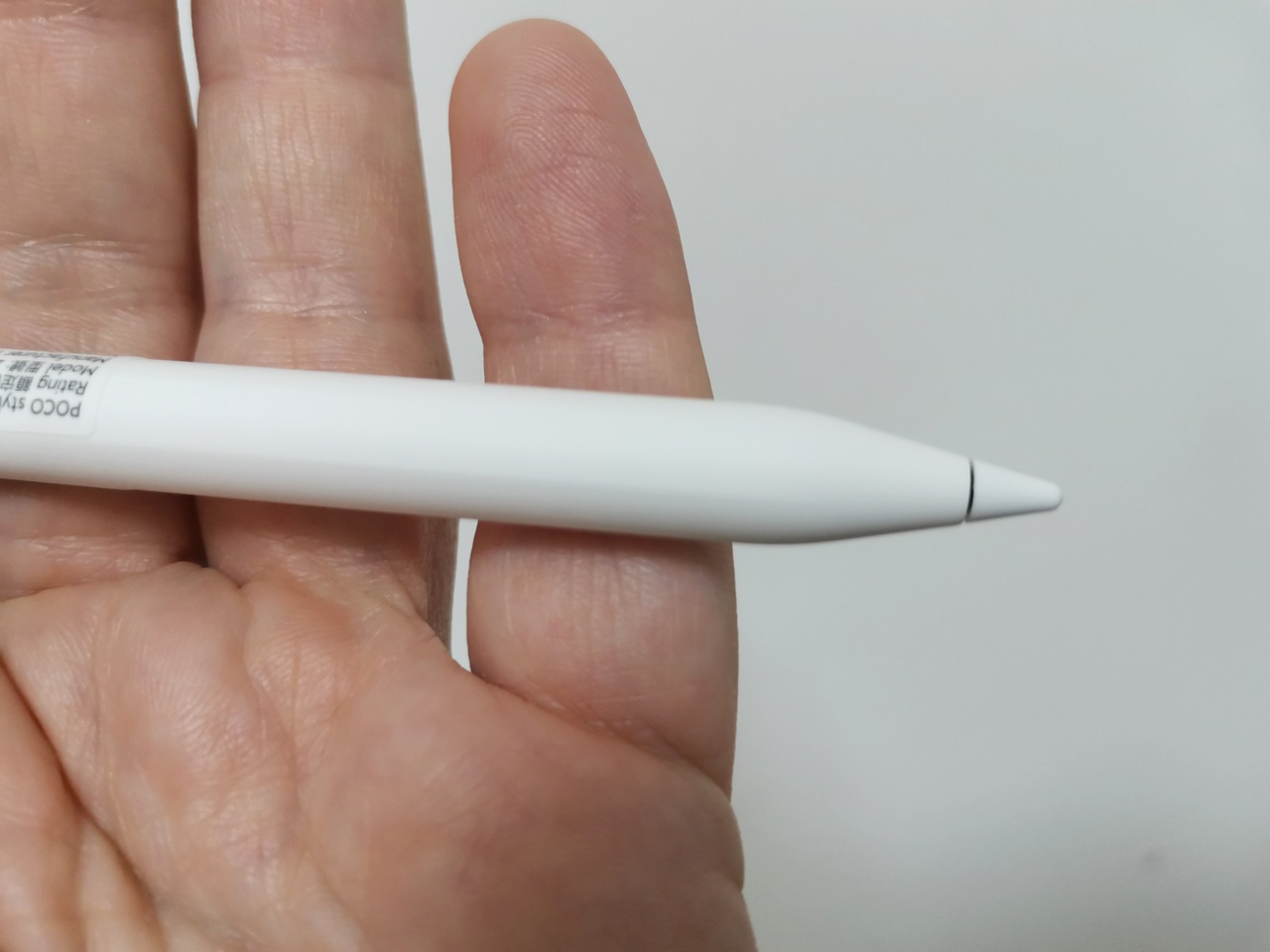Using the Tablet With Stylus Pen For Drawing & Writing
The tablet comes pre-installed with the Poco Smart Pen app known as Mi Canvas. This app boasts a well-designed, user-friendly interface, making it perfect not only for students but also for professionals looking to take notes or create drawings or graphs on the go. Additionally, Poco has included the Kingsoft WPS Office suite app, which seamlessly integrates with the smart pen.
What does Mi Canvas Apps have to offer?
Canvas provides various capabilities for painting, drawing, and writing. The app comes with a nice variety of pencil and marker widths, as well as different drawing styles to choose from. You also have a wide selection of colors available in the palette. You can customize the page ratio you are working on, change the tip size, stroke width, and sensitivity. Additionally, you can insert various basic shapes in your notes and easily export your work to PDF or an image file.
Mi Canva App



Testing the Poco Smart Pen with Microsoft OneNote App

Smart Pen
The Smart Pen connects to the tablet through Bluetooth connection. Its sleek and modern design is complemented by its remarkable comfort when held. Moreover, the USB Type C charging port adds a level of convenience, allowing for easy recharging with a cable and power adapter. Poco also included an additional interchangeable pen tip in case the current one wears out or has problems.
Poco Smart Pen




Charging the Smart Pen



Palm rejection support
When using a tablet, palm rejection is crucial as it allows the device to differentiate between the touch of a stylus or pen and the touch of your palm when writing or drawing. This capability is incredibly valuable for digital artists, note-takers, and anyone who requires precise input using a stylus on their tablet.
How does the Poco Pad handle palm rejection? The answer is that it is done automatically. There is no special feature that you need to enable inside the app. This means that you will not have problems resting your palm on the tablet while writing or drawing.
Latency
Understanding Smart Pen Latency
Smart pens have revolutionized the way we interact with digital devices, presenting a seamless transition between traditional writing tools and modern technology. A crucial factor that determines the performance of a smart pen is its latency.
What is Latency? Latency, in the context of smart pens, is the delay that occurs between when the pen physically moves and when the corresponding “digital ink” appears on the screen. A lower latency translates to a writing experience that is more natural, responsive, and closely resembles the feeling of using pen and paper.
Low latency is extremely important for tasks that demand precision, like sketching, note-taking, or graphic design. Using a pen with high latency can result in a significant delay between your strokes and their display on the screen, interrupting the fluidity of your work and undermining the overall user experience.
Influencing factors that can impact the latency of a smart pen include:
- Hardware: The quality of the pen’s sensors and the device’s processing power play a significant role in determining latency.
- Software Optimization: Efficient software algorithms can help reduce latency by streamlining the communication between the pen and the device.
- Connection Type: The type of connection (Bluetooth, USB, etc.) between the pen and the device can impact latency.
How good is the latency on the Poco Pad?
According to our testing, it performed exceptionally well and demonstrated a high level of responsiveness. We experienced smooth performance and responsiveness when writing and drawing on the display, without encountering any noticeable lags.
Pressure sensitivity
Another important factor to consider when purchasing a tablet with a smart pen is the level of pressure required by the user to write or draw lines. Based on our quick and straightforward test, it has been determined that a weight of approximately 8 grams is necessary to create continuous and precise lines. Although our results are quite accurate and do not indicate any pressure factor, it is important to recognize that they may not be 100% reliable. Hence, Taking this test result with a grain of salt.




